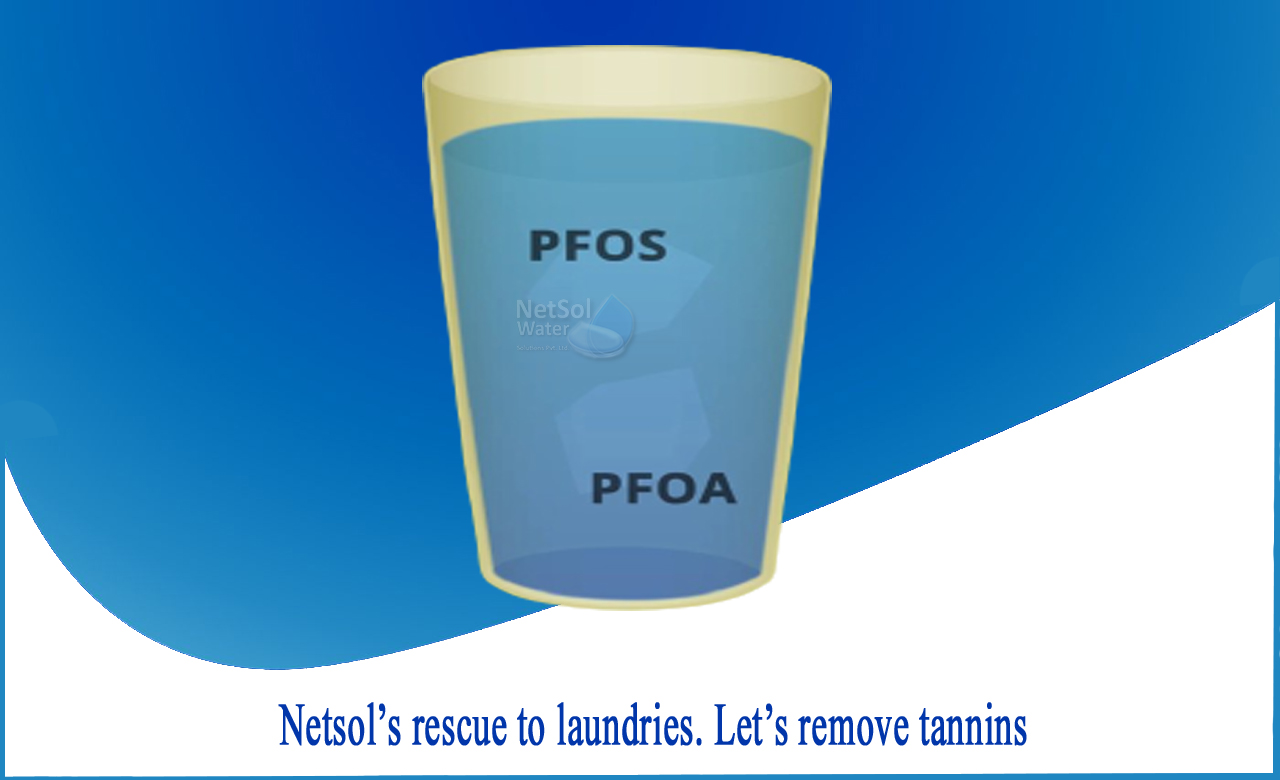Perfluorooctanoic acid (PFOA), commonly known as C8, and perfluorooctanesulphonate (PFOs), have made news in recent years as the health hazards linked with these chemicals have become more widely recognized. These compounds are part of a larger class of perfluoroalkyl compounds that were once assumed to be harmless. PFOA and PFOs were particularly popular chemicals among manufacturers and industrial facilities in previous decades. This is a frightening illustration of how a lack of testing can lead to widespread use that hurts both people and the environment.
As a result, these substances are now found almost everywhere in the environment and in the organisms that live it, including humans. Because PFOs and PFOA degrade so slowly in the environment, contamination hazards persist for a long time.
WHAT ARE PFOA AND PFOS?
PFO stands for perfluorooctane sulfonate, and PFOA stands for perfluorooctanoic acid; both are perfluoroalkyl chemicals (PFAS). These synthetic compounds have a number of advantages for industrial use, the most notable of which being their resistance to water and lipids. They've been employed in a variety of items because of their ability to repel water and oil.
WHAT ARE THE HEALTH AFFECTS ASSOCIATED WITH THESE COMPOUNDS?
It's worth noting that research on the health impacts of PFOA/PFOs exposure is still in its early stages. The majority of the evidence for their negative consequences comes from animal research. More research is needed to confirm the link between synthetic substances and the health hazards they pose.
SOME OF THE POTENTIAL EFFECTS ON HUMAN HEALTH ARE:
1. a thyroid disorder
2. puberty is postponed
3. Uric acid levels rise as a result of osteoarthritis, causing liver issues.
4. Changes in cholesterol levels
5. Immune system disorders
There is reason to believe that high levels of PFOS and PFOA can cause prenatal development problems, skeletal disorders, cardiovascular problems, testicular cancer, kidney cancer, and thyroid cancer.
HOW TO REMOVE PFOA AND PFOS?
PFOA and PFOS are anionic chemicals in water. These chemicals have been proven to be effective when treated with ion exchange resins and granular activated carbon. Due to their poor volatility and susceptibility to microbial breakdown, air stripping and air sparging have been proven to be ineffective for PFOA and PFOS. Because of the strong C-F bond, chemical oxidation is delayed or ineffective.
In most circumstances, the Best Available Technology (BAT) for treating these pollutants is a whole-house activated carbon filter. A NETSOL reverse osmosis filtration system with pre-filter stages of carbon block and granular activated carbon and post-filtration stages of granular activated carbon is another alternative. Tastes and odors are eliminated, as well as suspended particles like as sand and grit, chlorine, chloramine, carcinogenic compounds, pesticides, solvents, and heavy metals such as lead, cadmium, copper, and arsenic. There are additional NETSOL whole-house and commercial filtration systems available.
CONCLUSION
It's still impossible to foresee the long-term consequences of PFOA and PFOs on the environment, and further research is needed to corroborate the existing findings in terms of health implications. Prior to any new findings, we may strive to reduce the danger of PFOA and PFO exposure by paying more attention to the things we buy. Furthermore, staying up to date on new water quality updates in our area is beneficial.
Netsol Water is Greater Noida-based leading water & wastewater treatment plant manufacturer. We are industry's most demanding company based on client review and work quality. We are known as best commercial RO plant manufacturer, industrial RO plant manufacturer, sewage treatment plant manufacturer, and effluent treatment plant manufacturers. Apart from this 24x7 customer support is our USP. Call on +91-9650608473, or write us at enquiry@netsolwater.com for any support, inquiry or product-purchase related query.



